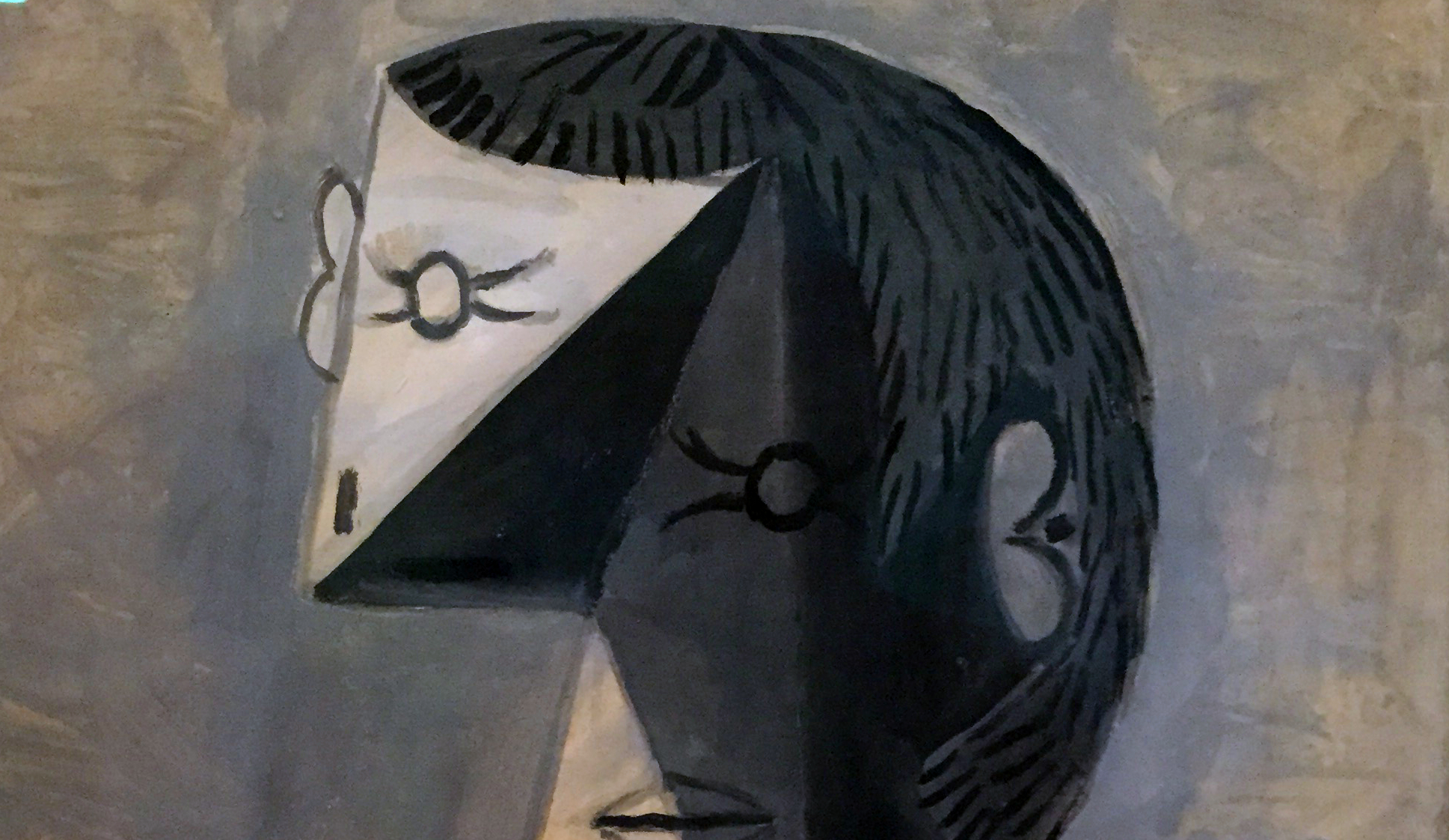Hearts of Freedom: Stories of Southeast Asian Refugees.
Peter Duschinsky, Colleen Lundy, Michael J. Molloy, Allan Moscovitch, and Stephanie Phetsamay Stobbe. Foreword by Joe Clark. Montreal and Kingston: McGill-Queen’s University Press, 2025. Refugee and Forced Migration Studies, no. 20.
Northrop Frye observed that Canadian sensibility is less perplexed by “Who am I?” than by “Where is here?” (The Bush Garden: Essays on the Canadian Imagination). Hearts of Freedom resonates with this insight, as the refugees’ narratives reveal not only their own journeys but also who Canadians wanted to be, showing a nation aspiring to generosity, inclusion, and humanitarian engagement.
Hearts of Freedom is both a book and a wider public history initiative dedicated to preserving the voices of Vietnamese, Cambodian, and Laotian refugees who arrived in Canada between 1975 and 1997. Drawing on 173 oral history interviews, the final one conducted with former Prime Minister Joe Clark, the editors have created an invaluable archive of lived experience that complements existing institutional accounts of the Indochinese resettlement program. Whereas earlier works such as Michael Molloy and Peter Duschinsky’s Running on Empty (2017) traced the diplomatic and bureaucratic machinery of resettlement, this volume turns deliberately to the refugees themselves; it foregrounds their voices and memories as the central historical evidence.
The book is organized thematically and by national origin, with chapters devoted to the experiences of Vietnamese, Cambodian, and Laotian refugees. Early sections recount the violence, persecution, and dislocation that prompted flight—civil war, invasions, genocide, and perilous journeys by land and sea. Many of the interviewees tell their stories of being refugees through temporary camps in Thailand, Malaysia, and Hong Kong, before tracing their arrival in Canada. The narratives detail first impressions of climate, language, and cultural difference, alongside encounters with both the generosity of sponsors and the challenges of prejudice. The editors preserve the cadence of testimony, allowing survivors’ voices to remain central, while photographs, maps, and timelines situate these stories in their historical and geographic contexts.
The central contribution of Hearts of Freedom is to the social history of immigration and refugee settlement in Canada. The oral histories reveal not only personal trauma and resilience but also the crucial role of private citizens and community organizations in facilitating integration. Frequent mentions of “church ladies” highlight how ordinary Canadians, particularly women in faith communities, provided everyday care and advocacy that were essential to the refugees’ resettlement and sense of welcome. Readers are reminded of the transformative significance of Canada’s private sponsorship program, recognized by the United Nations High Commissioner for Refugees with the 1986 Nansen Medal. These accounts reveal the program’s practical challenges and occasional failures; they also show its capacity to foster belonging and to reshape Canadian multiculturalism in the late twentieth century.
The volume’s strength lies in its breadth of testimony and the affective immediacy of the narratives. The stories convey in intimate detail what was at stake for families who risked everything to flee; they also reveal how newcomers encountered both welcome and exclusion in their new country. If there is a limitation, it lies in the difficulty of sustaining analytical coherence across such a wide range of experiences; the oral history format necessarily fragments, and at times readers may wish for more interpretive synthesis. Yet this very openness is also a virtue; it resists the tendency to impose a single, homogenizing narrative on a diverse refugee population.
For historians, Hearts of Freedom is indispensable as both a research source and a teaching text; it exemplifies the methodological rigour and interpretive nuance that oral history can bring to the study of migration. By centring refugee memory, the book extends the historiography of Canadian immigration beyond policy and institution centred narratives; it shows how first‑person testimony captures the lived experience of liminality, displacement, and adaptation, revealing social, cultural, and psychological dimensions of migration that conventional archival sources often overlook. For scholars of migration and liminal studies, the collection offers a model for integrating oral history with broader historical, sociopolitical, and cultural analysis, demonstrating how voices at the margins convey both individual agency and structural forces. For policymakers and community practitioners, it provides hard earned lessons about the critical importance of listening to those most affected by refugee regimes; the book shows how human experiences can shape program design, foster empathetic engagement, and deepen understanding of the complex dynamics of resettlement.
Crucially, Hearts of Freedom also prompts reflection on Canada itself. The resettlement of people from Southeast Asia was never only about those who arrived; it was also about those who received them. The unprecedented scale of private sponsorship, the debates in Parliament, and the work of immigration officials who designed and implemented new programs were matched by the readiness of thousands of Canadians to open their homes. Together, these efforts marked a political moment in which the country tested its aspirations as a humanitarian actor on the world stage. As the book notes, “[i]n Canada, we can live with and celebrate fluid identities” (p. 75). The refugees’ narratives reveal not only their own journeys but also who Canadians wanted to be; they show a nation striving toward generosity, inclusion, and global responsibility. It is this dual legacy; of refugees remaking their lives and of Canadians aspiring to embody their highest ideals; that gives Hearts of Freedom its enduring political and historical resonance.






